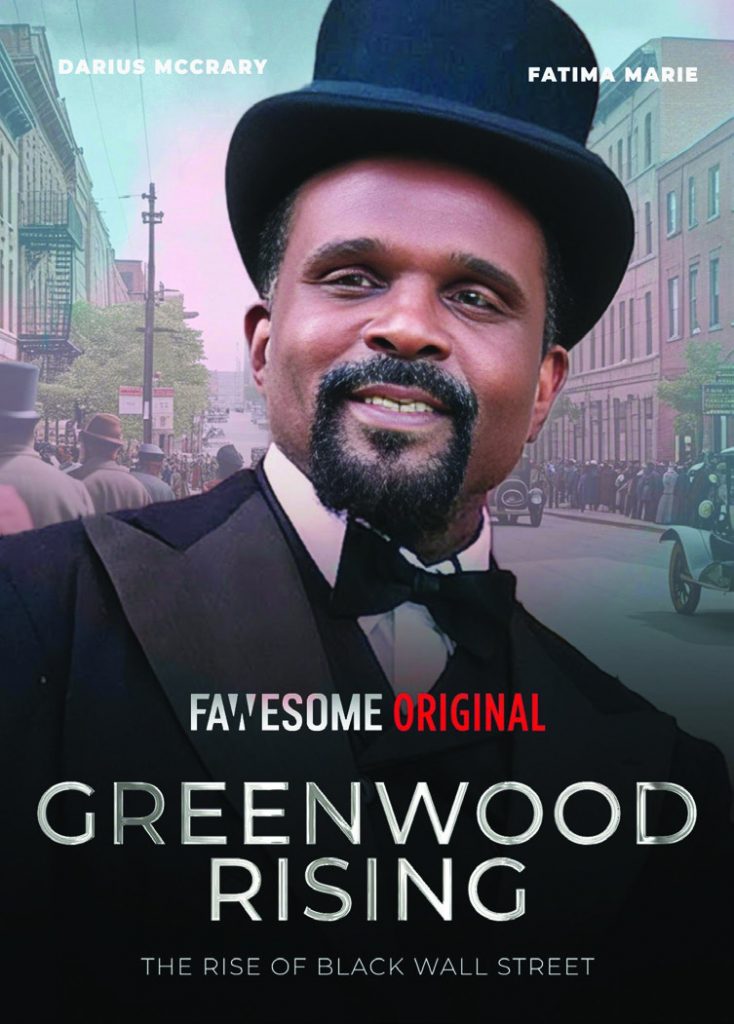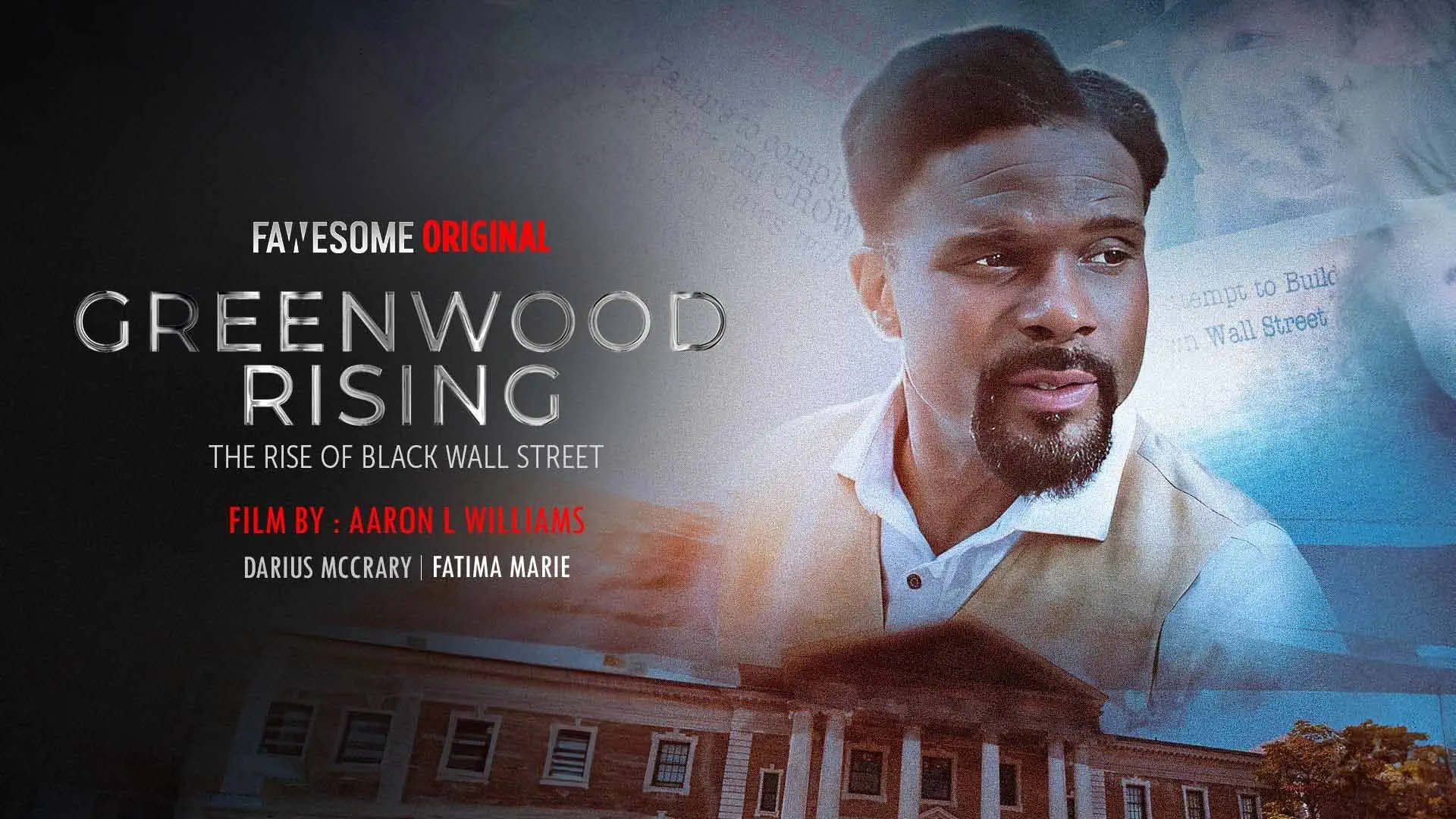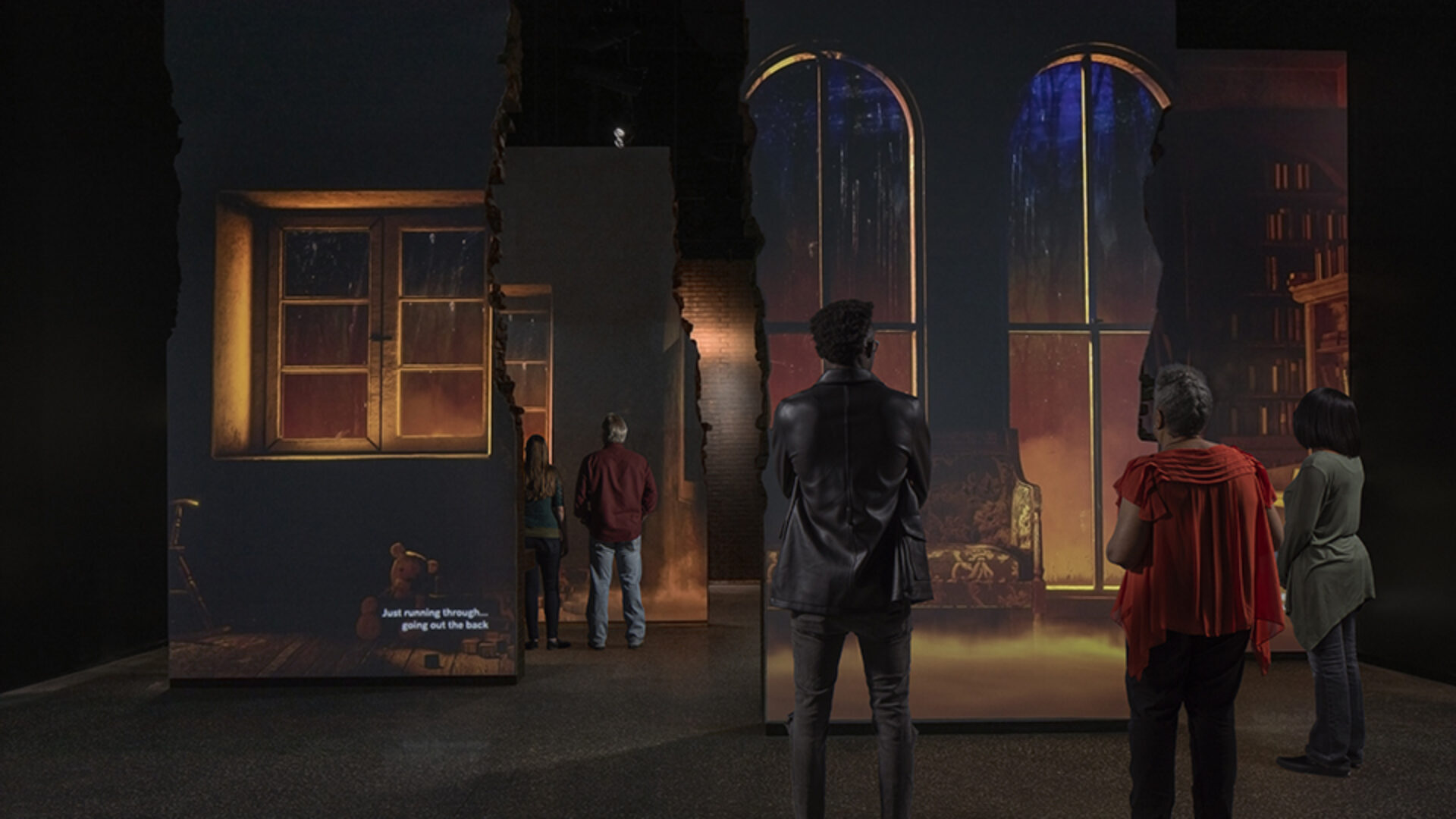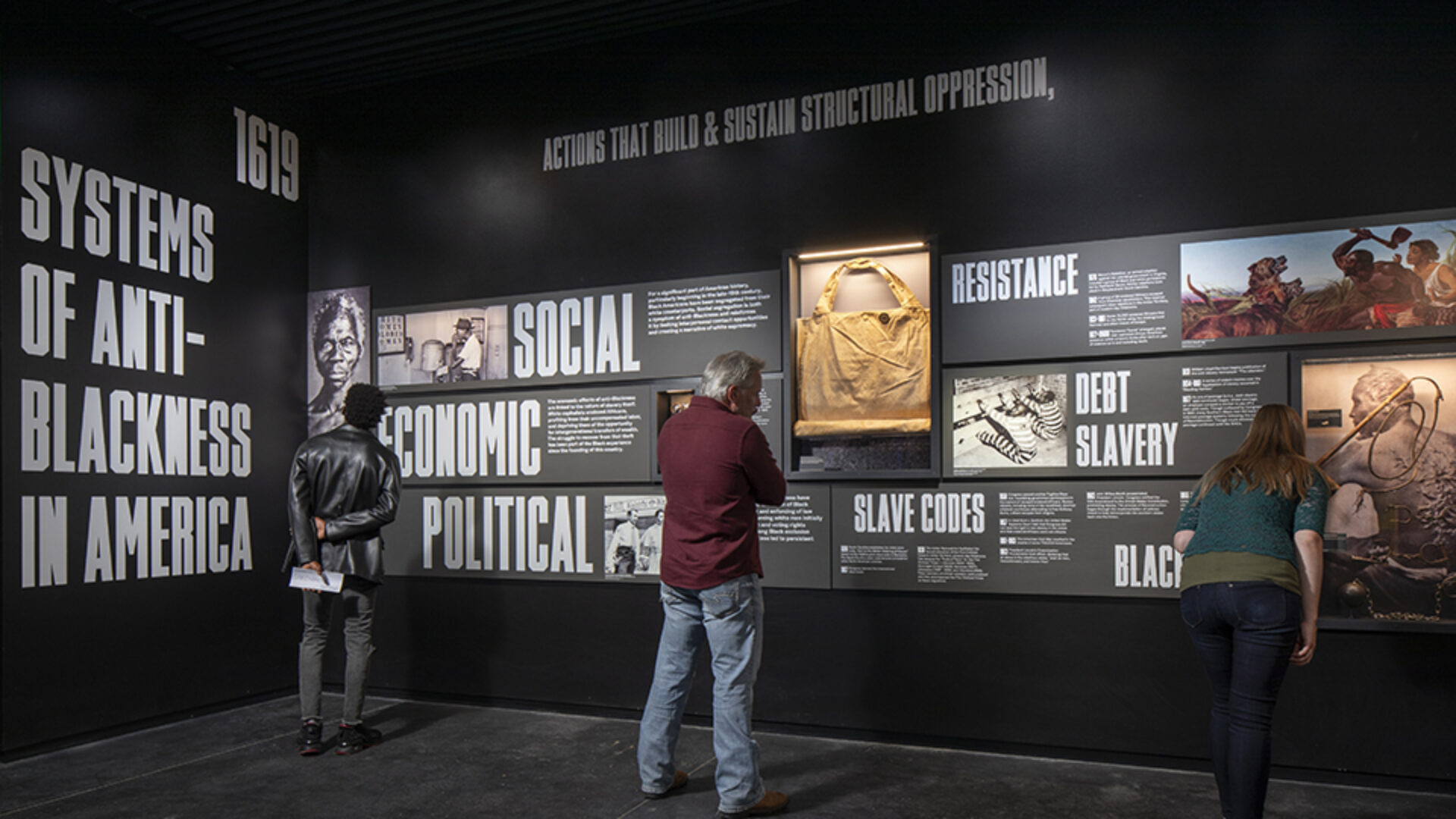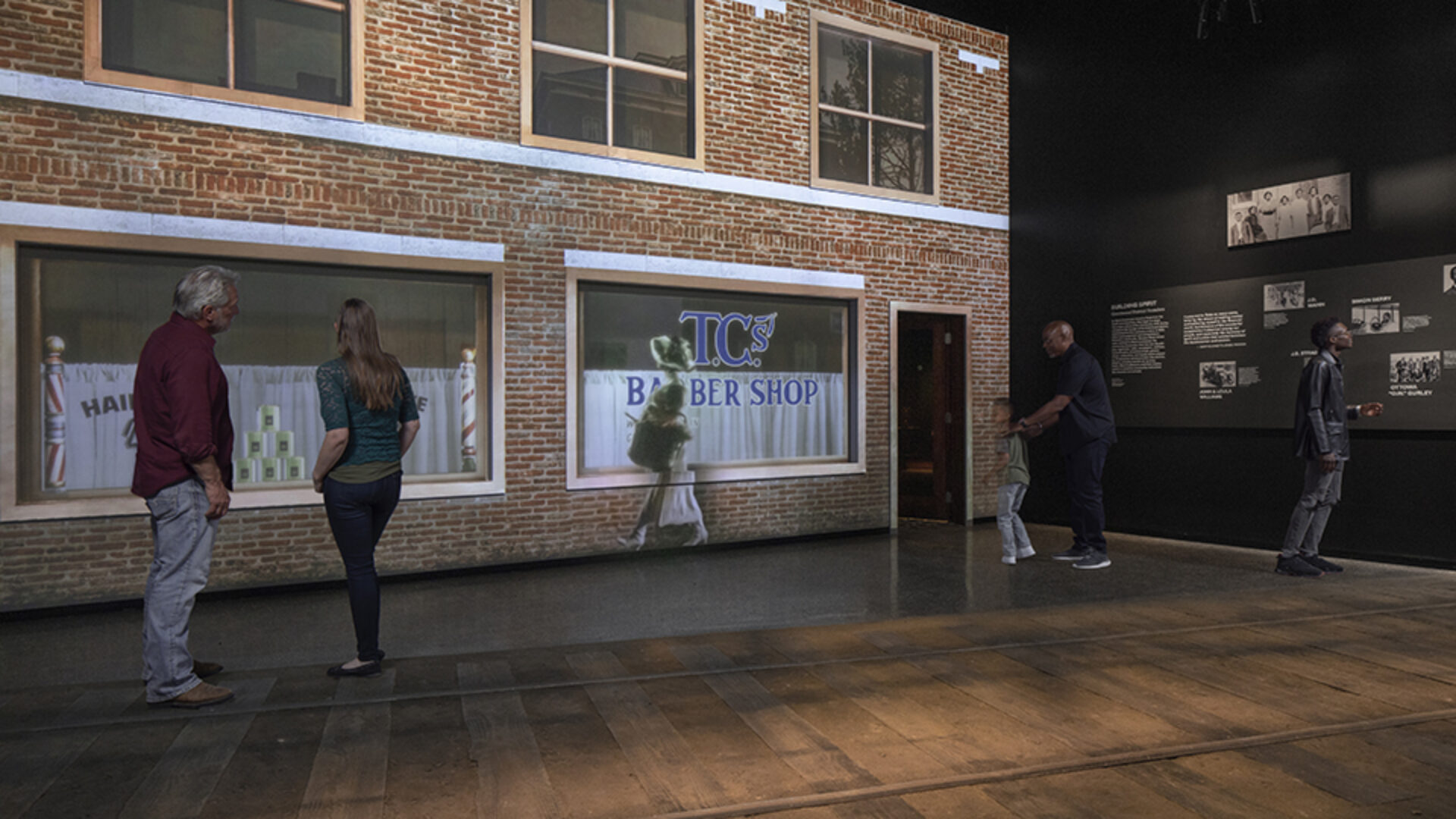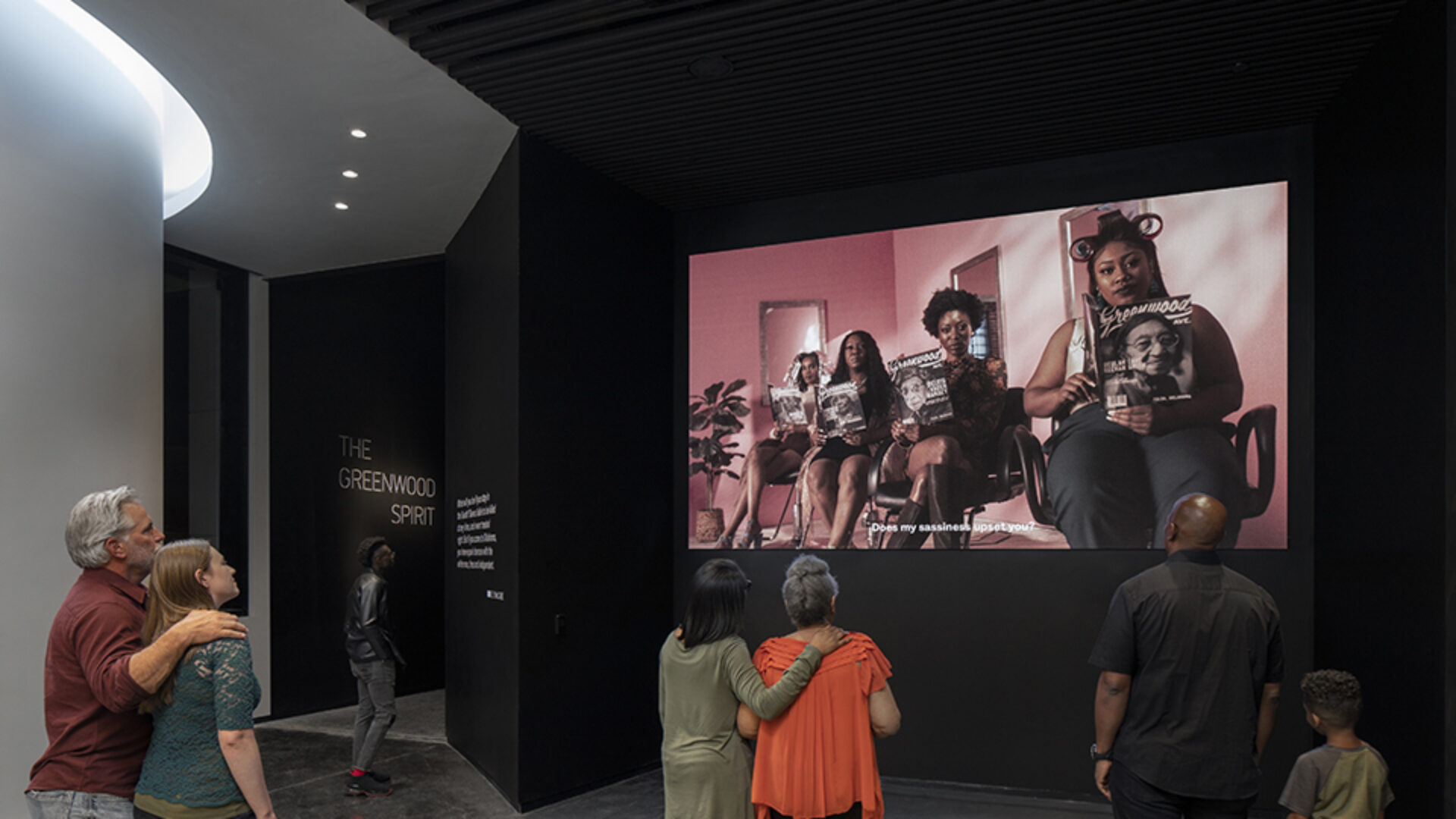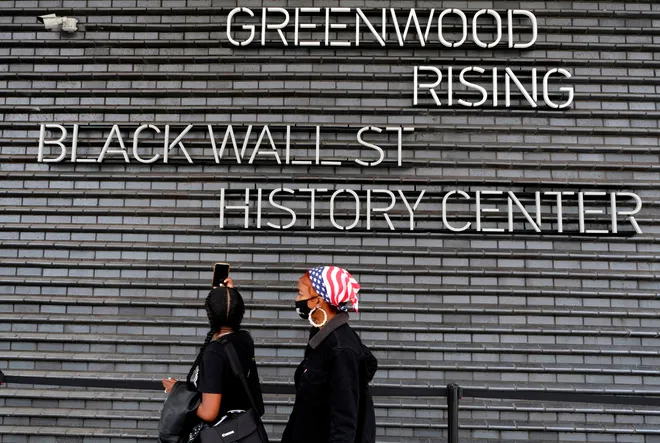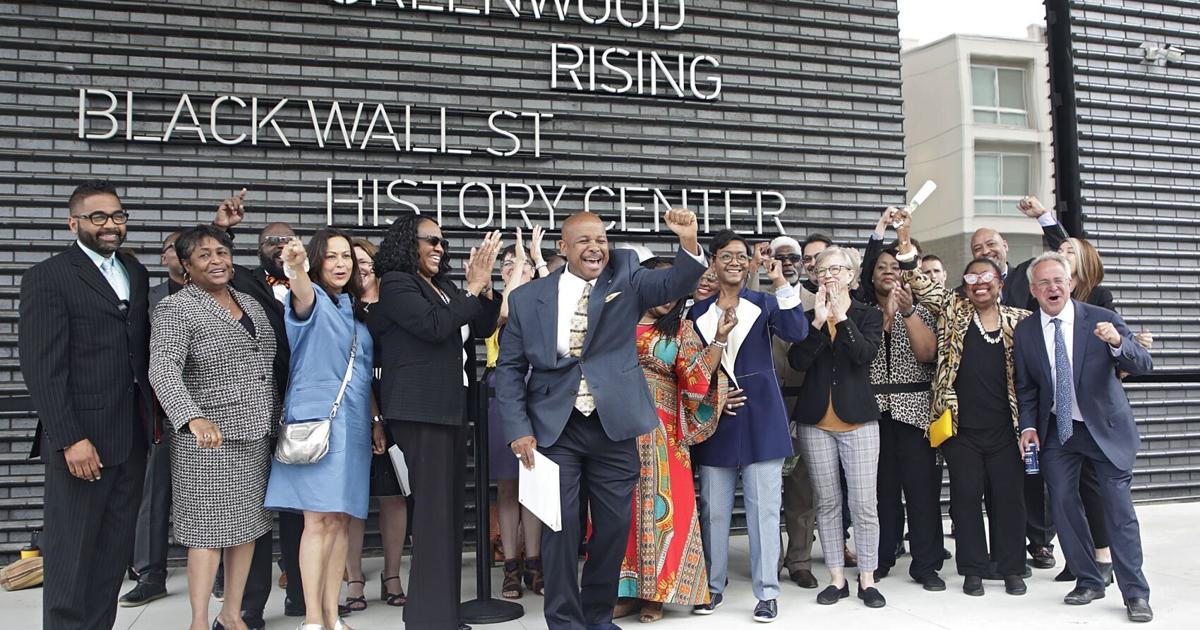Greenwood Rising: The Rise Of Black Wall Street

The air in Greenwood, Tulsa, Oklahoma, still hums with echoes. Echoes of laughter, of prosperity, of a community deliberately erased from the American landscape. Echoes, too, of resilience, a spirit that refused to be extinguished, now manifested in Greenwood Rising, a beacon of remembrance and a testament to the enduring power of Black entrepreneurship.
Greenwood Rising, a history center located in the heart of what was once Black Wall Street, stands as a powerful reminder of the 1921 Tulsa Race Massacre and a celebration of the thriving Black community that preceded it. This article delves into the center's mission, its impact on the Greenwood community, and its role in shaping a more inclusive understanding of American history. It also examines the ongoing challenges of racial reconciliation and economic empowerment in the face of historical trauma.
Remembering the Past
The 1921 Tulsa Race Massacre remains one of the most devastating acts of racial violence in American history. Over two days, a white mob systematically destroyed Greenwood, a thriving Black community renowned for its economic success and self-sufficiency. Hundreds were killed, thousands were displaced, and the physical and emotional scars of the massacre continue to linger.
Greenwood Rising serves as a crucial repository of this history. The center utilizes immersive exhibits, interactive displays, and oral histories to educate visitors about the events of 1921 and the vibrant community that existed before the massacre. These stories include those of the survivors and their descendants, providing firsthand accounts of the devastation and the indomitable spirit that allowed them to rebuild.
"Our mission is to tell the story of Black Wall Street, not just the tragedy, but the triumph, the resilience, and the innovation," stated Dr. Scott Ellsworth, a historian and consultant for Greenwood Rising. This mission underscores the center's commitment to presenting a comprehensive narrative of Greenwood, highlighting both the destruction and the enduring strength of the community.
A Catalyst for Community Healing
The creation of Greenwood Rising has been a complex and at times fraught process. Many in the Black community have expressed concerns about the center's accuracy, its representation of Black voices, and its potential for further traumatization. These concerns reflect a deep-seated mistrust stemming from decades of systemic racism and the historical erasure of Black narratives.
Despite these challenges, Greenwood Rising has emerged as a vital space for dialogue and healing. The center hosts community events, workshops, and discussions focused on racial reconciliation, economic empowerment, and social justice. These initiatives aim to foster understanding, bridge divides, and promote a more equitable future for Greenwood and the broader Tulsa community.
The center's commitment to inclusivity is evident in its collaborations with local organizations and community leaders. "We recognize that we cannot do this work alone," explained Sherri Gamble, Executive Director of Greenwood Rising. "We are committed to working in partnership with the community to ensure that the center reflects their needs and aspirations."
Economic Empowerment and the Future of Greenwood
The legacy of Black Wall Street extends beyond historical remembrance; it also serves as a source of inspiration for contemporary Black entrepreneurship. Greenwood Rising actively supports economic development initiatives in the Greenwood district, providing resources and opportunities for Black-owned businesses to thrive.
These initiatives include mentorship programs, business incubators, and access to capital. By fostering a supportive ecosystem for Black entrepreneurs, Greenwood Rising aims to revive the economic vibrancy of the historic district and create opportunities for future generations.
Data from the U.S. Census Bureau reveals persistent economic disparities between Black and white communities in Tulsa. Addressing these disparities requires sustained investment in Black-owned businesses and targeted programs that promote economic mobility.
Challenges and Opportunities
While Greenwood Rising represents a significant step forward, challenges remain in achieving true racial reconciliation and economic justice. The ongoing struggle to address systemic racism, the persistent wealth gap, and the lack of equitable access to resources continue to hinder progress.
Moreover, the center faces the challenge of balancing historical preservation with contemporary needs. The Greenwood community is undergoing rapid gentrification, raising concerns about displacement and the erosion of Black cultural identity.
To ensure that Greenwood remains a vibrant and inclusive community, it is crucial to prioritize affordable housing, protect Black-owned businesses, and preserve the cultural heritage of the historic district.
Looking Ahead
Greenwood Rising is more than just a history center; it is a symbol of hope and resilience. It represents a commitment to remembering the past, confronting the present, and building a more just and equitable future.
By amplifying Black voices, promoting economic empowerment, and fostering community healing, Greenwood Rising is playing a vital role in shaping the narrative of Black Wall Street and inspiring future generations. The center's success will depend on its continued commitment to inclusivity, collaboration, and a deep understanding of the complexities of race and reconciliation.
The story of Greenwood is a testament to the enduring power of the human spirit. It is a story that must be told, remembered, and used to guide us toward a more just and equitable world. The rise of Greenwood Rising is not just about remembering the past; it's about building a better future, brick by brick, dream by dream.
